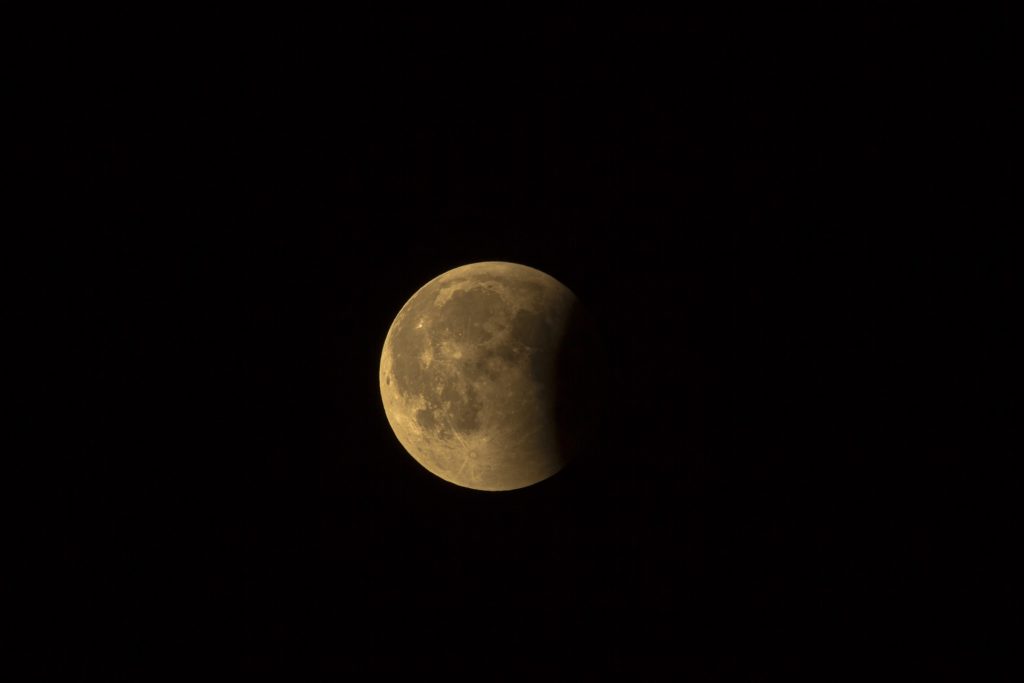Get ready, Cape Town: 2020 will bring stunning lunar and solar eclipses you won’t want to miss.
There are four penumbral lunar eclipses and two solar eclipses predicted for 2020. A penumbral lunar eclipse occurs when the Sun, Earth, and the Moon are imperfectly aligned, and a solar eclipse takes place when the moon is between the Earth and the Sun, casting a shadow over the Earth.
The Wolf Moon Eclipse will be the first full moon of the decade, visible in Africa on January 10 and is expected to be the deepest and most impressive penumbral lunar eclipse of 2020. While generally hard to see, this eclipse will be visible in Cape Town for just over 3 hours, between 8pm-11pm. The maximum view will be at 9.10pm.
You’ll be able to witness the Strawberry Moon Eclipse on June 5 for three hours between 7.45pm and 11pm with the maximum sight at 9.24pm.
Take in the Thunder Moon Eclipse on July 5 from 5am to 7.52am, with the maximum at 6.30am.
The Frosty Moon Eclipse will take place on November 29-30, but unfortunately will not be visible in Africa.
An exciting and rare annular solar eclipse will take place this year. On June 21, a bright ring will encircle the moon. Called the ‘Solstice Ring Of Fire Eclipse’, it will be mostly visible on land instead of over the sea like most solar eclipses and will have a narrow “path of annularity” over Africa. Unfortunately it will not be visible in Cape Town.
However, the second lunar eclipse of the year on December 14 will be visible in Cape Town for about an hour only from 6:52pm to 7.53pm, with a maximum sighting at 7.43pm.
There will also be three supermoons this year: on March 9, April 8, and May 7.
Also read: 9 looney lunar eclipse superstitions
Picture: Pixabay

